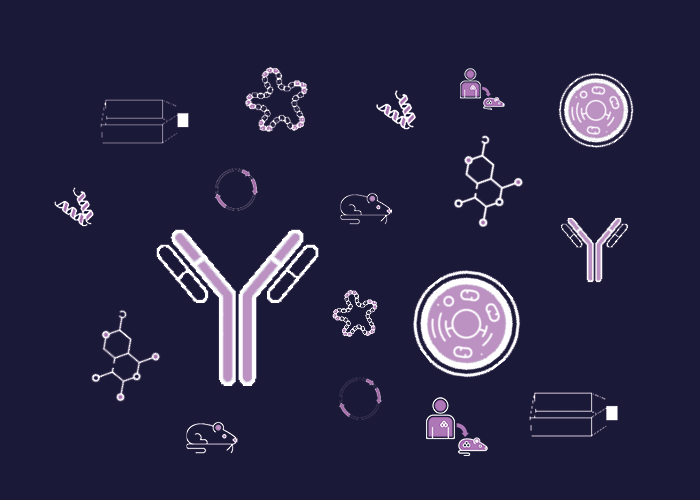
Cat. #161908
Capan-2 Cell line
Cat. #: 161908
Availability: 8-10 weeks
Organism: Human
Tissue: Pancreas
£575.00
This fee is applicable only for non-profit organisations. If you are a for-profit organisation or a researcher working on commercially-sponsored academic research, you will need to contact our licensing team for a commercial use license.
Contributor
Inventor: Jorgen Fogh, James D. Loveless
Institute: Memorial Sloan-Kettering Cancer Center (MSK)
Primary Citation: Kyriazis et al. 1986. Cancer Research. 46: 5810-5815. PMID: 3019537.
Tool Details
*FOR RESEARCH USE ONLY (for other uses, please contact the licensing team)
- Name: Capan-2 Cell line
- Cancer type filter: Pancreatic cancer
- Organism: Human
- Gender: Male
- Tissue: Pancreas
- Donor: 56-year-old, White, male patient with pancreatic adenocarcinoma. The patient had received prior therapy with cytoxan, bleomycin and adriamycin.
- Morphology: Polygonal
- Growth properties: Adherent
- Products or characteristics of interest: Isoenzymes: AK-1, 1; ES-D, 1; G6PD, B; GLO-I, 1-2; Me-2, 1; PGM1, 1; PGM3, 1-2
- Description: Capan-2 is a human pancreatic ductal adenocarcinoma cell line. These cells grow in adherent tissue culture and display epithelial morphology. They form well-differentiated tumours when injected into immunocompromised mice and are used as a xenograft model for pancreatic cancer. The Capan-2 cells express mutant K-Ras (G12V) and elevated levels of the Epidermal Growth Factor Receptor (EGFR). In addition, they express wildtype p53 and normal levels of SMAD4 protein.
- Application: 3D cell culture; High-throughput screening; Toxicology; Bioproduction; Cancer research
- Biosafety level: 1
Target Details
- Target: Antigen expression: Blood Type B; Rh+
- Target background: Blood Type B; Rh+; high levels of MUC-1 mucin mRNA; low levels of MUC-2 mRNA; MUC-3 gene not expressed
Applications
- Application: 3D cell culture; High-throughput screening; Toxicology; Bioproduction; Cancer research
Handling
- Growth medium: McCoy's 5a Medium Modified supplemented with 10% FBS
- Temperature: 37° C
- Atmosphere: 95% Air, 5% CO2
- Shipping conditions: Dry Ice
- Storage medium: Culture medium 95%; DMSO, 5%
- Storage conditions: Vapor phase of liquid nitrogen. Storage at -70° C will result in loss of viability.
- Subculture routine: Remove medium, and rinse with 0.25% trypsin, 0.53 mM EDTA solution. Remove the solution and add an additional 1 to 2 ml of trypsin-EDTA solution. Allow the flask to sit at room temperature (or at 37C) until the cells detach. Add fresh culture medium, aspirate and dispense into new culture flasks. Subcultivation Ratio: A subcultivation ratio of 1:2 to 1:4 is recommended Medium Renewal: 2 to 3 times per week
- Str profiling: Amelogenin: X;CSF1PO: 11,12;D13S317: 12;D16S539: 12,14;D5S818: 11;D7S820: 10,11;TH01: 6,9.3;TPOX: 8;vWA: 16,17;D3S1358: 15,18;D21S11: 28,30;D18S51: 14,17;Penta_E: 5,21;Penta_D: 9,16;D8S1179: 11,15;FGA: 25;D19S433: 12,13;D2S1338: 19
References
- Kyriazis et al. 1986. Cancer Research. 46: 5810-5815. PMID: 3019537.
- Deer et al. 2010. Pancreas. 39: 425-435. PMID: 20418756.



